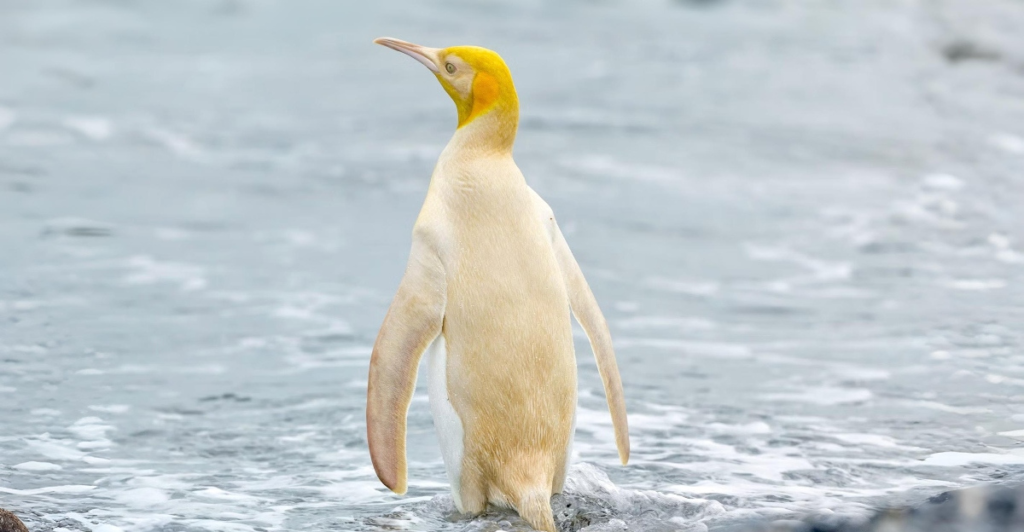
Penguins are charming and stunning birds, but many species are in grave danger in the wild. Out of the 18 known types of penguins, several are now considered rare or endangered because of habitat loss, climate change, and human activities.
In this article, we will take a look at eight of the world’s rarest penguin species, discussing their unique traits, habitats, and the urgent conservation challenges they face. Understanding these extraordinary birds is essential for raising awareness and supporting global efforts to protect them from extinction. These are the eight rarest penguin species in the world to celebrate on Penguin Day!
1. Galápagos Penguin
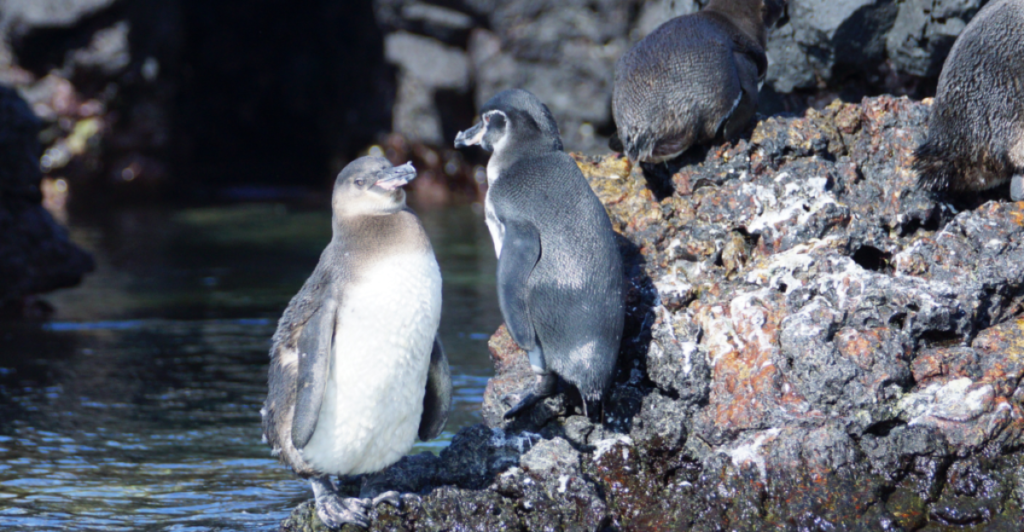
The Galápagos penguin is the rarest in the world, with fewer than 2,000 individuals remaining in the wild. These birds are endemic to the Galápagos Islands and are the only species that can be found north of the equator. These small penguins are extremely vulnerable to climate events like El Niño, which drastically reduce food availability.
These birds are also threatened by human disturbance, introduced predators, and pollution. Conservation efforts focus on habitat protection and mitigating the effects of climate change to protect these birds. Despite these challenges, the Galápagos Penguin remains a symbol of the unique biodiversity of the Galápagos archipelago.
2. Yellow-Eyed Penguin
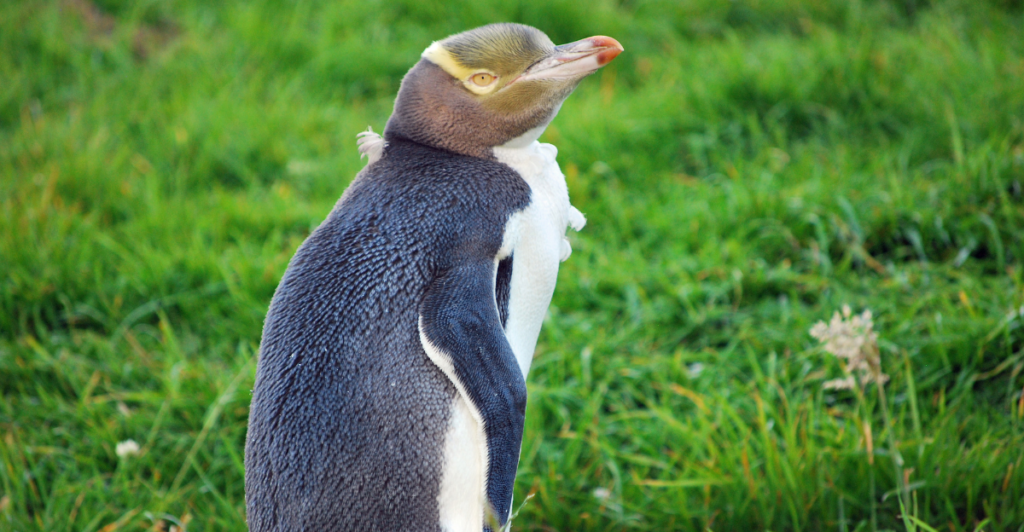
The Yellow-eyed penguin, also known as the Hoiho, is found only in New Zealand and its outlying islands. Only 4,000 to 7,000 of these penguins remain in the wild, making it one of the most endangered penguins in the world. This species is known for its striking yellow eyes and solitary nesting habits.
The Yellow-eyed penguin’s numbers are declining because of disease outbreaks, introduced predators, habitat destruction, and human disturbance. Conservationists are working on disease management and habitat restoration to save this species. These penguins’ haunting calls and secretive lifestyles make them a unique and precious part of New Zealand’s natural heritage.
3. African Penguin
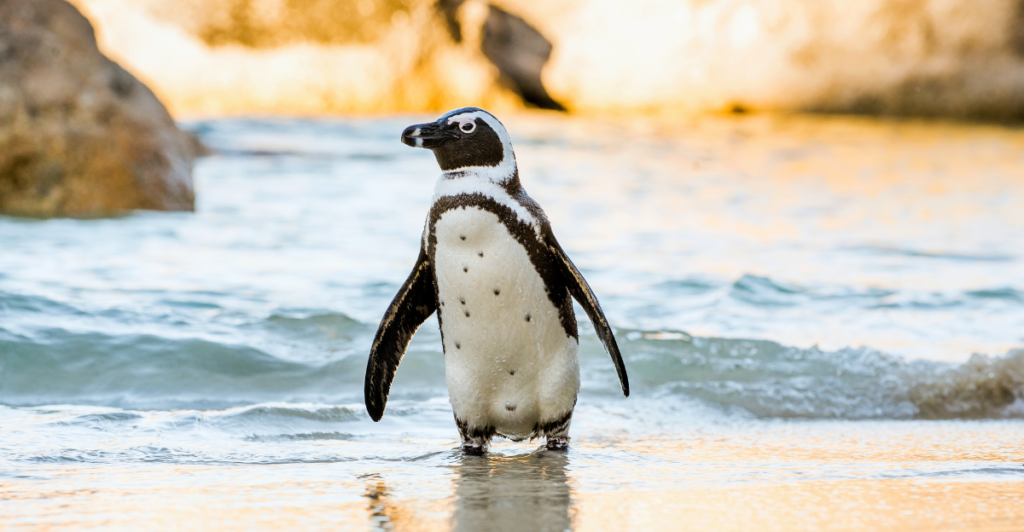
The African penguin, also known as the Black-footed penguin, is now classified as Critically Endangered. At a time, millions of these penguins roamed the wild, but in recent years, their population has plummeted by 97%, with fewer than 20,000 mature individuals left. These penguins can be found along the coasts of South Africa and Namibia. They face threats from overfishing, oil spills, and climate change.
Their distinctive braying call and endearing appearance make them a favorite among wildlife enthusiasts. Without urgent intervention, the African Penguin could disappear from the wild within a decade, making conservation efforts more critical than ever.
4. Northern Rockhopper Penguin
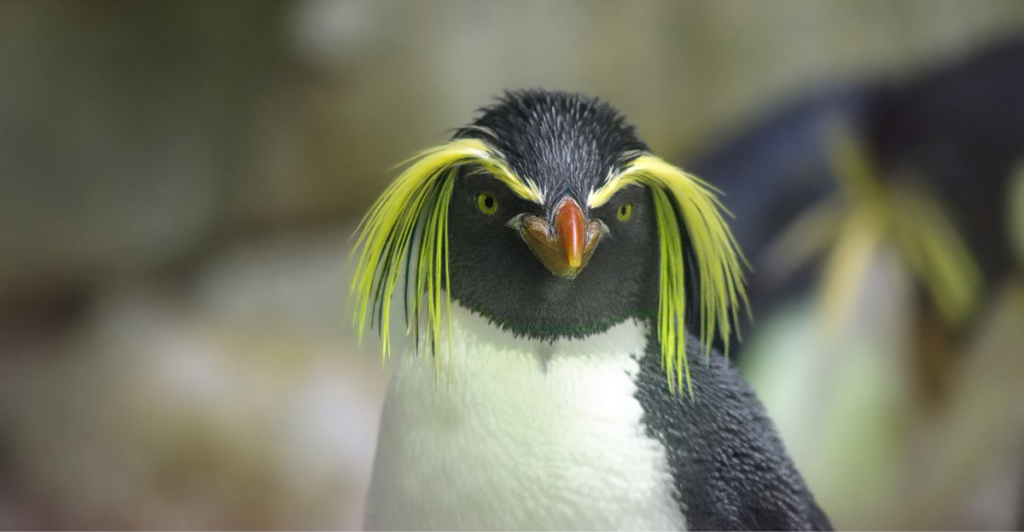
The Northern Rockhopper penguin can mainly be found on Tristan da Cunha and Gough Island in the South Atlantic. Its population has plummeted drastically in recent years, which is why it is listed as Endangered. These penguins are threatened by habitat degradation, overfishing, and climate change.
Northern Rockhopper penguins are recognized by their spiky yellow crests and distinctive hopping movements among rocky shorelines. Conservationists are monitoring breeding sites and working to reduce human impact on their remote habitats. The Northern Rockhopper’s dramatic population drop shows the vulnerability of island species to environmental changes and human activity.
5. Erect-Crested Penguin
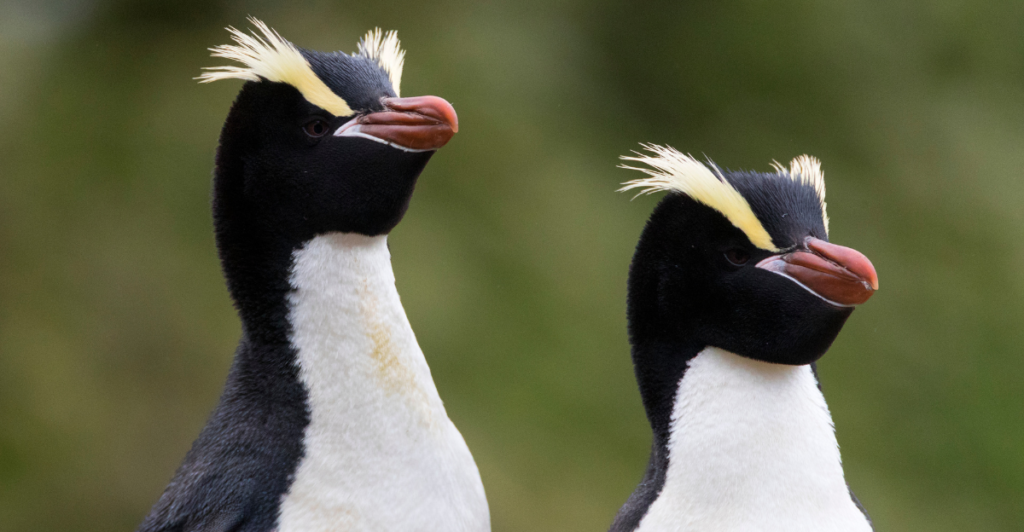
The erect-crested penguin is one of the least studied penguin species. It is found only on a few subantarctic islands of New Zealand. With a rapidly decreasing population, it is classified as Endangered. The exact population size is unknown, but it is steadily decreasing, likely due to habitat alterations and the potential effects of climate change.
This species is known for its upright yellow crest and loud calls during the breeding season. Conservation efforts are hampered by the penguin’s remote and inaccessible breeding sites, making research and protection difficult but vital for its survival.
6. Fiordland Crested Penguin
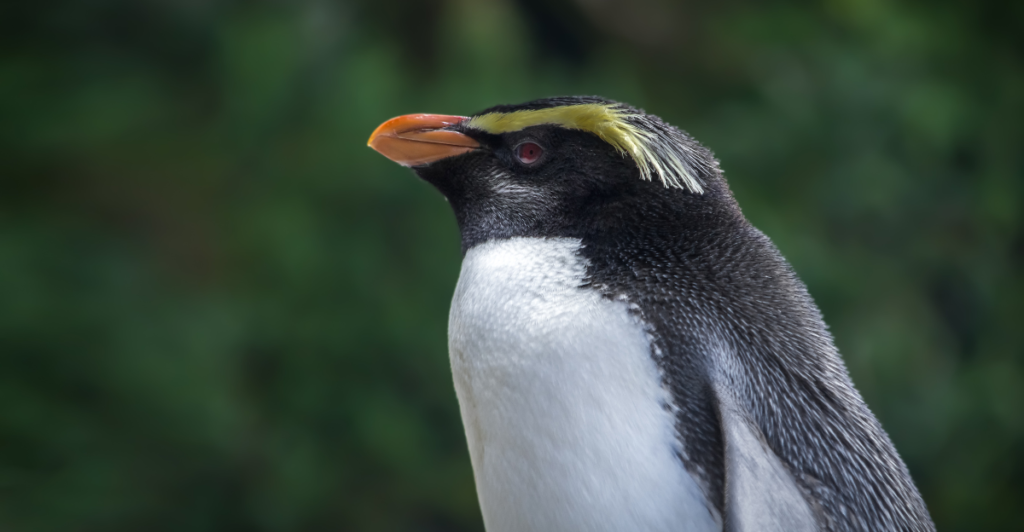
The Fiordland Crested penguin, or Tawaki, is the third-rarest penguin species in the world, with a population estimated between 2,500 and 9,000 individuals. These penguins are endemic to New Zealand’s southwestern coasts and subantarctic islands, where they nest in dense rainforests and rocky shores.
Their numbers have been slowly increasing thanks to pest control and conservation efforts. However, they are threatened by introduced predators, fisheries bycatch, and habitat disturbance. Tawaki are known for their striking yellow crests and secretive nesting habits. Continued monitoring and habitat protection are extremely important to ensure their population continues to recover and thrive.
7. Snares Crested Penguin
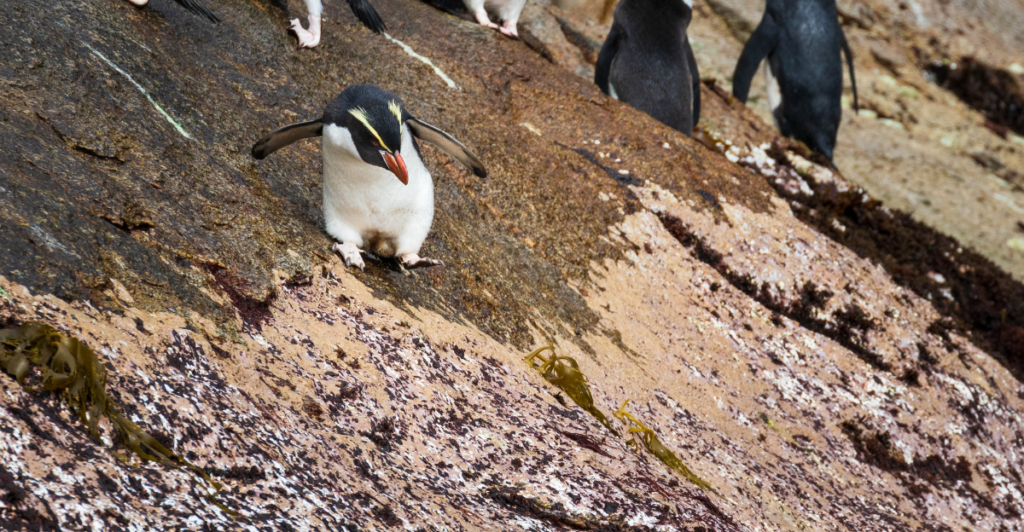
The Snares Crested penguin is found only on the Snares Islands south of New Zealand. Its population is stable but small, and it is listed as Vulnerable. These penguins are notable for their thick yellow crests and loud social calls.
Their isolation has protected them from many predators, but they remain at risk from environmental changes and potential human disturbance. Conservationists closely monitor the Snares Islands to ensure the penguins’ habitat remains pristine. The Snares Crested Penguin’s restricted range makes it highly susceptible to any changes in its fragile island ecosystem.
8. Humboldt Penguin
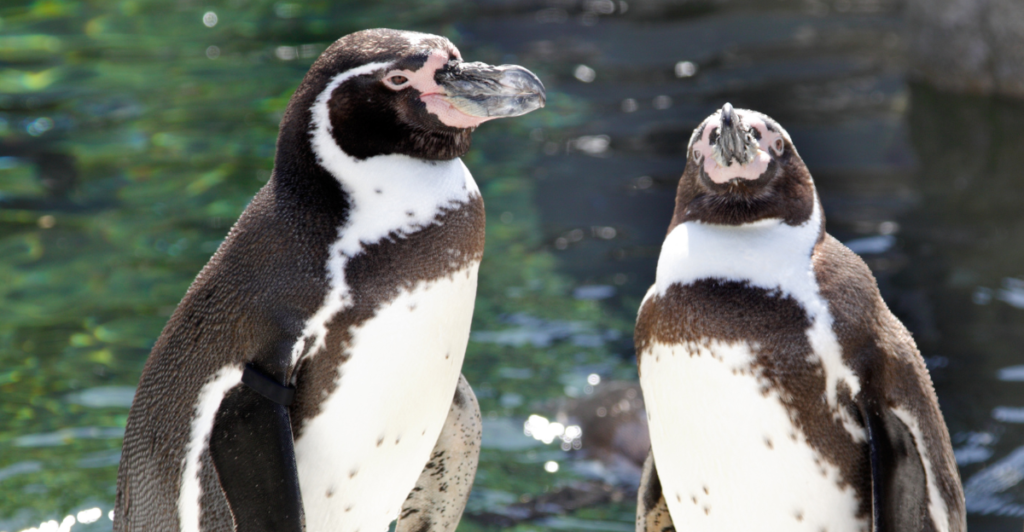
The Humboldt penguin can be found on the coasts of Peru and Chile. Its population has been declining in recent years, which is why it is listed as Vulnerable. Named after the cold Humboldt Current, these penguins face threats from overfishing, habitat destruction, and climate variability. Their burrow-nesting habits make them susceptible to human disturbance and introduced predators.
Conservation efforts include habitat protection and fisheries management. Despite their challenges, Humboldt penguins are resilient and adapt to harsh coastal environments. Their survival depends on continued conservation efforts and sustainable management of marine resources to ensure healthy populations along South America’s Pacific coast.
The Urgency of Conservation

The struggles faced by the world’s rarest penguin species show the urgent need for international conservation efforts. These unique birds are at risk because of habitat destruction, climate change, overfishing, and invasive predators. To protect them, it’s extremely important to preserve nesting areas, restore natural habitats, and minimize human impact.
Public awareness and support for conservation organizations play a massive role in protecting penguin populations. By understanding the unique challenges facing each rare species, we can work together to ensure that penguins continue to thrive in the wild, preserving the rich biodiversity of our planet for generations to come.
Explore more of our trending stories and hit Follow to keep them coming to your feed!

Don’t miss out on more stories like this! Hit the Follow button at the top of this article to stay updated with the latest news. Share your thoughts in the comments—we’d love to hear from you!







